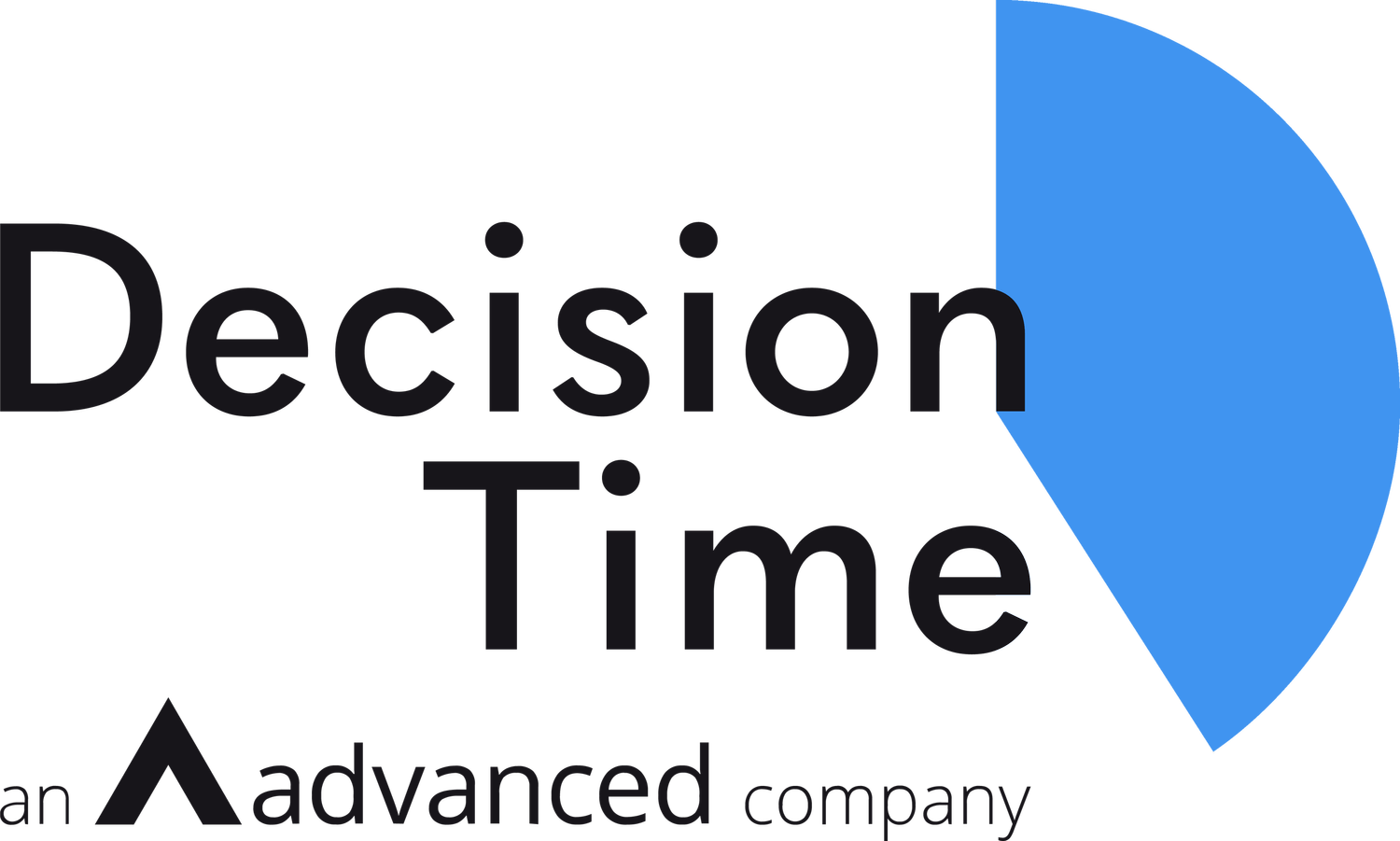What Joined-Up Governance means for Operational Resilience
When we talk to our customers across all sectors there is an understanding that good governance and robust risk management are necessary to navigate an ever more volatile operating environment.
Most organisations have a basic risk register and a sense of their KPIs and strategic goals. What we increasingly hear is a wish to connect all of this information into a more holistic, joined-up approach to governance to build a stronger and more resilient organisation that better serves all its stakeholders.
By mapping connections and relationships across separate governance areas, performance can be improved, threats and opportunities controlled, and a culture of accountability and assurance embedded across the whole organisation. This is key to ensuring that governance and risk management support operational resilience.
While building this framework is not, in itself, complex or difficult to do, it does require a move away from the separate solutions, spreadsheets, word documents, folders and email chains that many organisations still base their governance processes on. Moving to a more joined-up governance framework requires a modern, integrated governance tool and:
Joined-Up Governance Framework
A clear, well-defined, layered set of Objectives, for the organisation, departments, functions, etc., each linked to the level above.
A comprehensive set of managed Risks linked to these objectives with proportional responses that are reviewed regularly.
Performance metrics and measures that tell us how well we are meeting our objectives or provide signals for Risk Management or Compliance.
Compliance requirements linked to objectives, to risks, to performance measures and to actions.
Clear, assigned, time-bound Actions which arise from all other elements and can be linked back to the defined objectives.
Focused, well-organised Meetings that address the key governance features managing risks, performance, compliance and result in actionable Decisions.
With increasing regulation across all sectors, there are also well-defined external compliance issues that need to be met. These specific activities need to be scheduled, actioned, tracked, and linked back to risks and objectives to demonstrate assurance and compliance. Many quality and compliance models are moving to a risk-based approach, aiming to ensure that specific quality objectives link to risks and those risks link to appropriate, managed responses.
Using a well-designed, visual, digital dashboard gives the board and the senior management team a clear view of risks, objectives and results from the highest level down to specific departments and teams. A good dashboard will let you see an overview of the current status, spot any warning signs or problems, and drill down into the details when needed, enabling the board to actively use the framework to underpin their decision making processes.
Engagement and collaboration is a crucial element to making this holistic approach work. Mapping a clear path between objectives, risks and actions fosters a greater sense of ownership between the board and the senior management team, especially those in the risk management function. By ensuring focus is in the right place and priorities are correct more actions are driven to completion.
Evidencing these decisions and actions, along with effective and flexible reporting, provides a clear assurance to the regulator that the organisation understands how critical a strong approach to governance and risk management is.
Ultimately if the system is easy to adopt and understand, it can quickly be embedded across the organisation in a cost-effective manner taking into account its nature, size, and complexity.
Decision Time's unique platform helps organisations in both the public and private sector to meet their regulatory requirements and track strategic performance more effectively. We have the experience and skills honed from deploying a governance solution for over 350 organisations across the UK and Ireland, including Royal Mail Pensions Trustees, Prestige Insurance Holdings, NHS Kent & Medway ICB, University of London, Parkhead Housing Association and HM Land Registry.
"Decision Time has proved an invaluable tool within our business for recording, managing and reporting on risk. It’s intuitive and simple to use yet provides some powerful insight and invaluable management information to both risk owners and our board. Put simply; it has transformed the way we manage risk. There just isn’t a better, more cost-effective solution to managing risk."
We have found that the most successful results are achieved by working closely with our customers to better understand their challenges and requirements, as well as continually looking ahead at what is coming down the line to ensure the system remains fit for purpose. While choosing the right tool is essential, selecting the right partner to work with is also vital.
For any organisation interested in improving their approach to Governance, browse the latest case studies, watch our new customer story videos or book a demo.


